How to Buy a Piece of Peruvian Textile
Monday February 26, 2024 | Culture | Posted by Team About Cusco
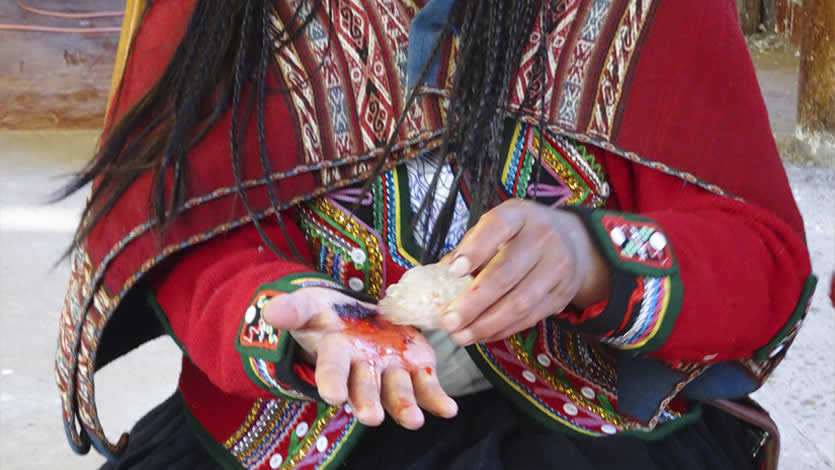
How to Buy a Piece of Peruvian Textile. Walking to the streets of Cusco, you’ll see the colorful Peruvian textiles all around. Many restaurants and cafes use them for decoration, and there are many souvenir shops and markets all over Peru. Textiles have played an essential role in Peru through the generations. Textiles are rich in culture and tradition. They have survived from pre-Incan times, through the Spanish invasion, to the present day, where they are still thriving.
If you are interested in buying a nice piece of textile, you might want to know a bit more about it and learn How to Buy a Piece of Peruvian Textile. Whilst you do not want to overpay for a piece of textile that is not worth it, you might be willing to pay a bit more, knowing for sure you are really buying a nice piece of original textile. For you and other travelers, we have prepared this Guide on How to Buy a Piece of Peruvian Textile.
Peruvian textile
Nowadays, textiles in Peru and in Cusco have an important economic role, most of all. There are wide varieties for sale, from textiles rendered into modern-day bags, purses, and shoes to more traditional textiles like the liqlla (blanket), jakima (small ribbon), and chullo (knitted men’s hat); there is a range of beautiful products that fill the markets in Cusco.
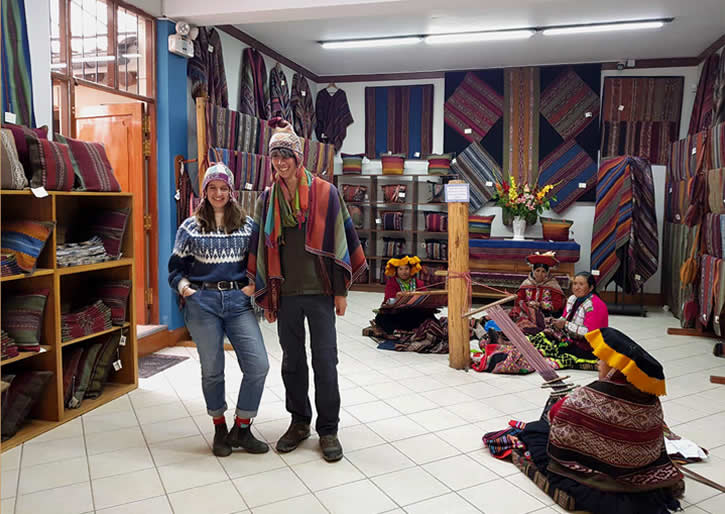
Most of the textiles in the markets in Cusco are of relatively poor quality that are produced quickly, but this should not detract from artists producing incredible works. In the Andes, they have the most technically and intellectually complex textile tradition in the world. Cusco has a place for all types and qualities in the markets, because tourists come with many different budgets, needs, and expectations. Here are 7 things to consider if you are interested in buying a nice piece of Peruvian Textile (and not overpay).
How to Buy a Piece of Peruvian Textile in Cusco
1. Quality of the Fiber
The fibers are spun together to make the yarn, which can be acrylic or natural. The acrylic yarn became popular because it can be bought pre-spun, it is easy to use, and it is also available in many bright colors. In the traditional style, brighter is better, which is why acrylic fiber became so popular. Now, natural fiber and dyes are becoming more popular again, and organizations have been doing lots of work to promote and preserve traditional practices.
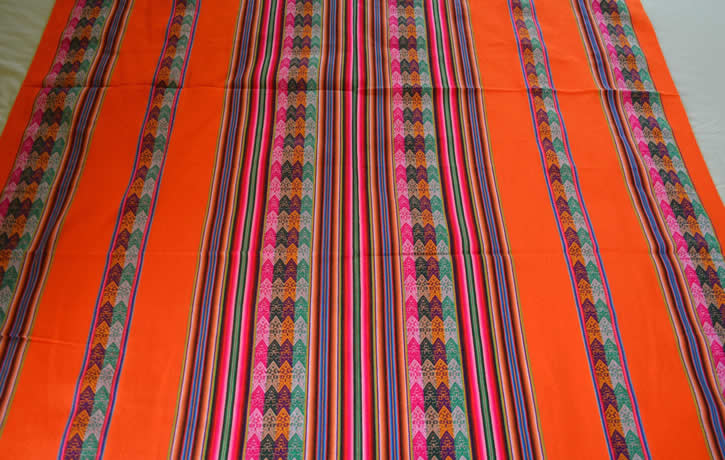
Today, the natural fibers used are Alpaca, llama, and sheep (the Spanish introduced sheep). Alpaca has the finest fiber and is used in most high-quality works, although a mix of fibers is often used. Although Alpaca is finer than sheep, it does not take color as well, so sheep is used in textiles with a lot of color.
2. Test the Fiber
If you want to learn How to Buy a Piece of Peruvian Textile, one of the things you can do is “test” the producer/ seller by asking to tell you the difference between acrylic and natural fibers in several ways: through feel, acrylic should be rougher (although with modern techniques for making acrylic fibers, it can be more challenging to tell this way). Another way to tell the difference is by putting the textile in the sun. Acrylic fibers typically have a shine to them that natural fibers do not. If the yarn catches the sun’s rays as you move it, it is made of acrylic or a mix of natural fibers. You can use your sense of smell; natural fabrics, especially sheep, will have a distinctive smell
3. Chemical vs. Natural Dyes
It can be hard to tell the difference between natural and animal dyes (called animal dye because the red color comes from cochineal, a tiny insect). Cochineal exported to Europe was actually as valuable as gold in colonial times. Most customers prefer natural dyes, but because they are harder to use and more expensive, many places will try to pass off chemical dyes as natural. Sometimes, you can quickly tell if the colors are super bright; then, they will definitely be chemical dyes. However, chemical dyes that mimic natural colors are also being produced. However, if a large section of color is a complete and even shade, then that is pretty suspicious. If there is an apparent or very slight variation in shade between different parts of that green section of the textile, it’s more likely to be naturally dyed. If the textile wasn’t washed well, you might find bits of the dye material still stuck between threads.
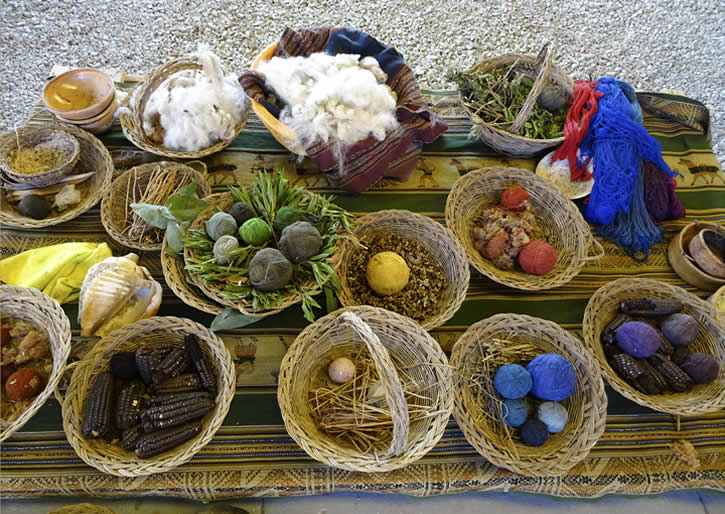
4. Check the Edges
If a textile is well woven, there should be a clean edge with no escaping threads. In Chinchero village, it is traditional to add a border called ñawi awapa; this is a protection for the edges but also has spiritual protection for the textile. This pattern is traditional to Chinchero, but other communities have begun to weave this border edge. If your textile has a border, it’s a plus, but if not, don’t worry. Another way to learn How to Buy a Piece of Peruvian Textile.
5. Is the yarn Handwoven or Machine-spun?
Machine-spun yarn doesn´t necessarily mean a lousy textile. Some weavers choose to use machine-spun yarn, and some spin their own, but if you want a 100% handmade textile, you can tell handspun yarn by the inconsistencies in the thickness; machine-spun will be entirely consistent.
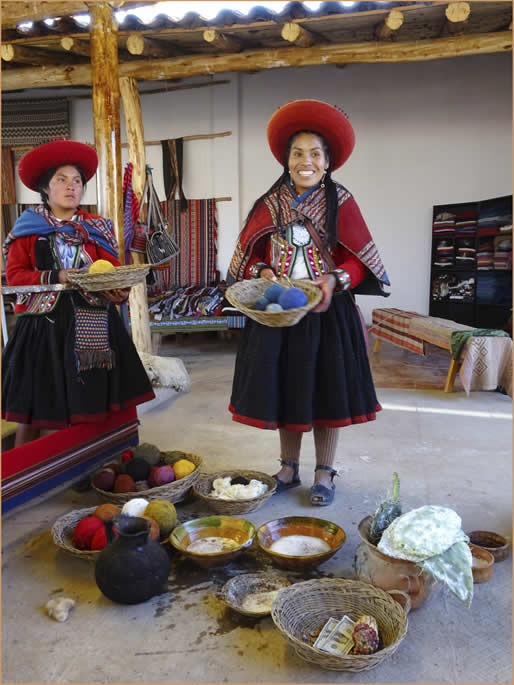
6. The Weave Tightness
Weave tightness is essential; traditionally, a textile was tested by watering it. If the water is absorbed quickly, the weave is tight enough and is considered higher quality. The longer it takes for the water to absorb, the better the weave is considered to be. This is not a test suited to the shop and more for your own interest at home.
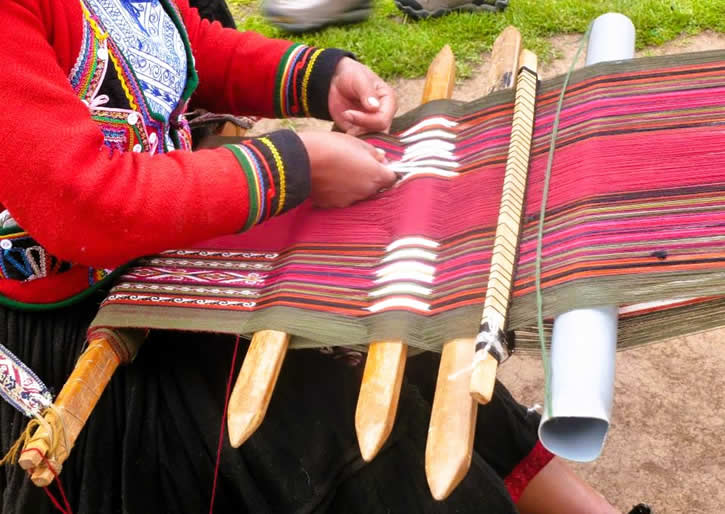
7. Ask the Weaver about the Designs
The sad reality is that not much is known about the original meanings of the designs; much of the meaning and interpretations are based on information from the last 100 years; there is a chance if the weaver gives a long story about their ancestors, they have made most of it up for tourism purposes.
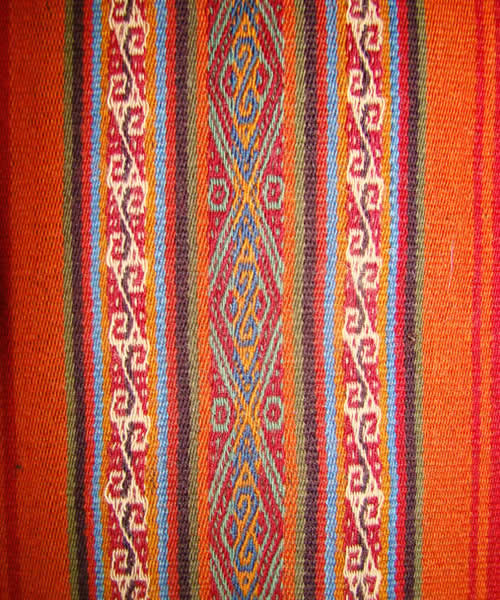
For example, one design, the luraypu from Chinchero, is said to represent a medicinal plant. This explanation, however, arose in the community in recent years, possibly because the name of the actual plant is very similar: lorapu. Most likely, tourists began asking about the meaning of luraypu, and weavers cast about for a handy, easily explained answer. It would be much harder to explain that the meaning of a design is connected to the other designs it is woven with. This complex layering of patterns side-by-side represents the social organization and gender roles of the community.
8. ‘Fair-Trade’ Textiles and Where to Buy
You can buy textiles from three general places: stores, the market, or on the street. Street vendors and market vendors are more willing to haggle prices. They also sell more machine-made textiles than handmade textiles. The problem with stores and textile centers is their claims to sell on a ‘fair-trade’ basis. While legitimate organizations work on a fair-trade basis, like Awamaki in Ollantaytambo, many more centers do not truly work on a fair-trade basis but claim to.
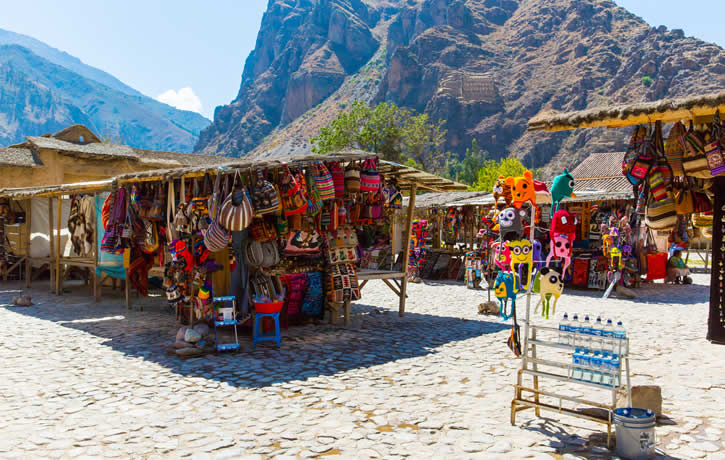
There is also The Center for Traditional Textiles of Cusco (CTTC). The CTTC is a non-profit established in 1996 who’s mission is to research, preserve, and promote the traditional textiles of the Cusco region while also supporting the weavers and their families through the fair trade sale of their products. The CTTC began in Chinchero with a group of weavers it then expanded to work with nine other communities, including Accha Alta, Chahauytire, and Pitumaraca, and established their headquarters in Cusco.
We hope you enjoyed our guide How to Buy a Piece of Peruvian Textile.
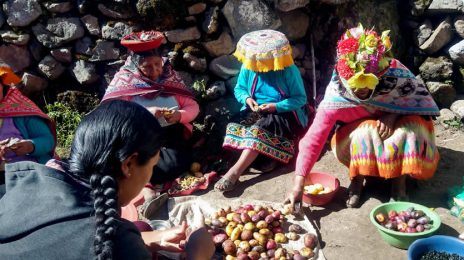
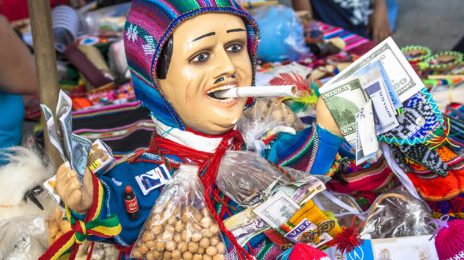
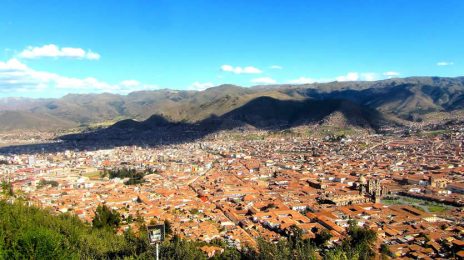
Leave a Reply